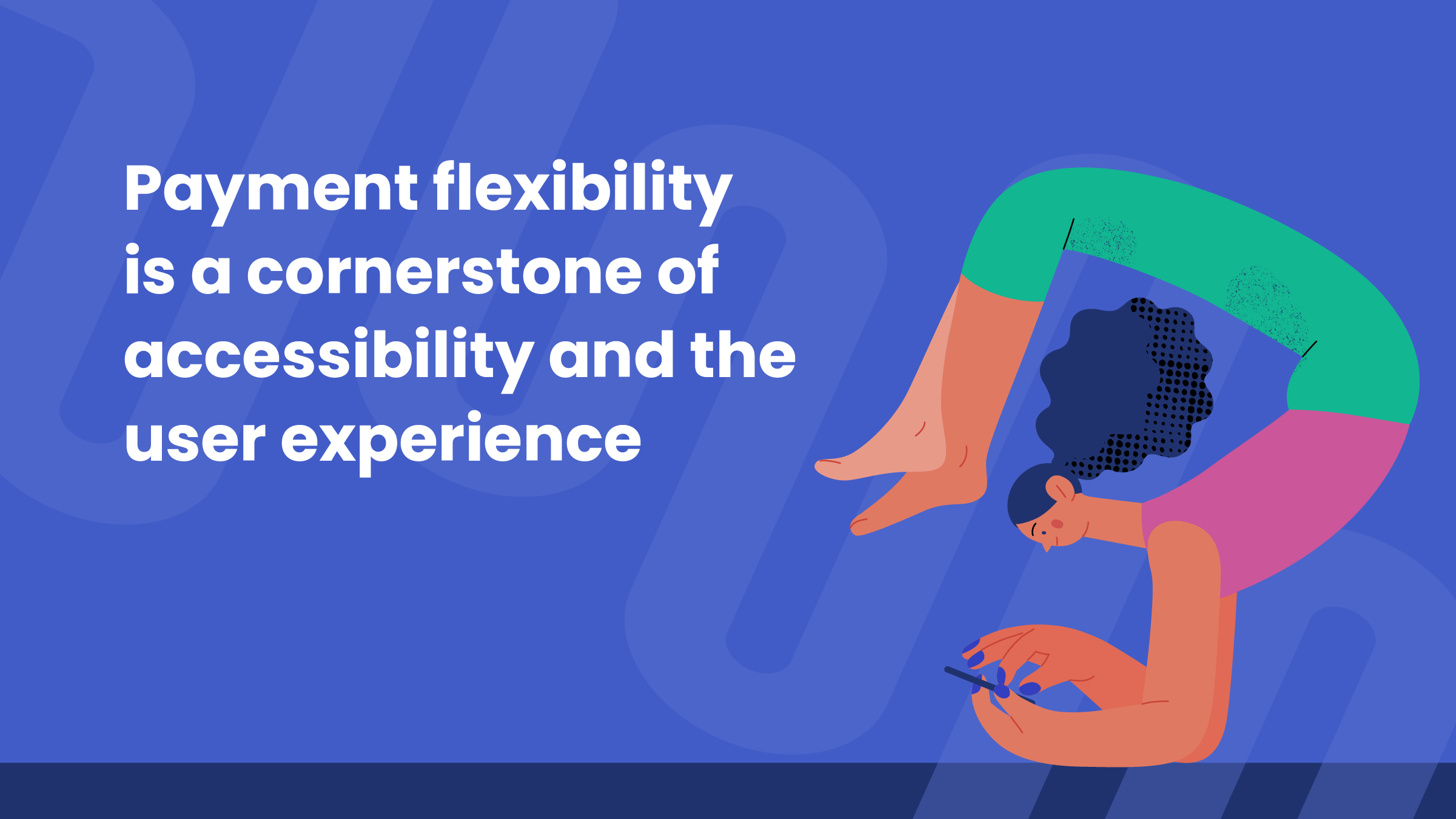Meet the needs of your residents by offering expanded payment options

Payment flexibility is a cornerstone of accessibility and the user experience. People want options. In fact, over half (58%) of the residents that we surveyed in a recent study specifically noted they want to be able to use their preferred method of payment.
Yet, as we’re talking about payments, it’s important to remember that government agencies serve both residents (banked and unbanked) and businesses — making payment flexibility imperative.
5 advanced payment features that improve usability
More payment options make transactions more convenient — keeping residents happy and revenue flowing (on time). So what are the most efficient options to offer? Here are a few payment varieties that people look for:
1. eBilling
Can your residents opt in for digital billing and communication? In today’s world, offering email reminders, electronic invoices, and online payments is a basic requirement. eBilling allows residents to easily keep track of their transaction history and monitor their payments online — simplifying their experience and making it easier to manage their finances.
For agencies, eBilling reduces the cost of printing and mailing paper bills, streamlines the billing and accounting process, and reduces the time and resources required to collect payments.
2. Auto-pay
Late payments typically result in fees or penalties, so many people prefer to enroll in auto-pay when it’s an option. Scheduled automatic payments help people avoid forgetting to pay their student loan bill or mortgage payment, for example.
Why should government services be any different? Auto-pay is especially useful for government agencies that collect payments on a recurring basis, such as utilities, taxes, and parking fees.
Along with being an easy payment option for residents, auto-pay cuts down on manual payment processing and greatly reduces the risk of late payments.
3. Installments
Payment plans, or installment payments, are becoming exceedingly more common. Whether it’s a Pay in 4 or monthly payment plan, most e-commerce sites have some sort of installment option for consumers.
Spreading payments out allows residents to pay their bills in smaller, more manageable amounts — a useful feature for residents who are struggling financially.
While it doesn’t pull in your agency’s full revenue immediately, installment payments help reduce the risk of late payments and non-payment, so they can help improve cash flow. Installment plans make the most sense for government agencies that collect large sums of money, such as property taxes and court fines.
4. Digital wallet
Digital wallets provide residents with a secure place to store financial information so they can pay for services and have peace of mind. The best digital wallets make payments easy, store transaction details, and give users a sense of ownership over their data — and all these benefits for residents mean more trust is extended toward the agency and more bills are paid on time.
At PayIt, we’ve supercharged this concept by developing GovWallet™. In addition to offering the standard digital wallet features, GovWallet stores official government documents such as IDs and licenses, and moves with residents across agencies and jurisdictions. Residents have peace of mind they have everything they need in their pocket.
5. Cash payments
We know that digital payments are fast and convenient — and absolutely necessary in this day and age. But a system that doesn’t easily accept cash payments fails your unbanked residents. When there’s no cash option, folks may have to resort to things such as prepaid cards or gift cards (which usually come with a fee) to pay their bills.
A digital solution that accepts cash allows agencies to collect revenue from all residents, no matter how they choose to pay.
Find a flexible payment solution that fits the diversity of your community
Long story short: Advanced payment features improve the resident experience and aid agencies with revenue collection and reconciliation.
By offering these features, government agencies can streamline their payment processes, reduce administrative costs, and improve cash flow. And residents get a more convenient payment experience, fostering more trust in their local government.
If you’re in the process of evaluating technology partners, our buyer’s guide thoroughly explains how to evaluate a vendor to find the right fit for your needs.
Looking for more content?
Get articles and insights from our monthly newsletter.




